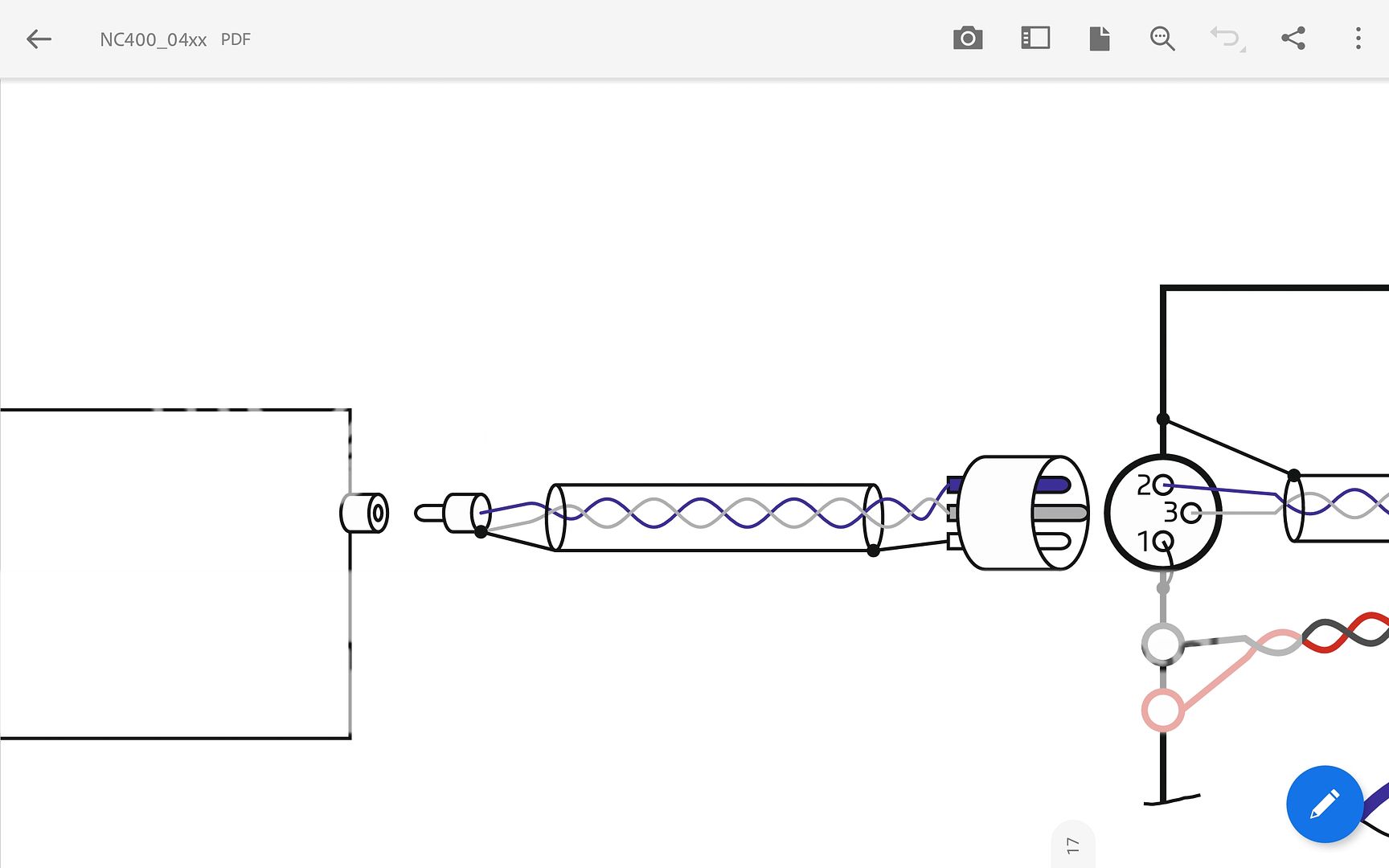March Audio
Trade: March Audio
One major benefit of balanced connection is that the signal conductors are not connected to ground (case) as is potentially the case in single ended RCA. Having the potential for noise inducing currents flowing in your shield signal wire is really dumb.
Whilst most people get away without obviously audible problems with RCA, it's not something you would choose to do from a signal integrity POV.
With balanced you can also benefit from common mode noise rejection.
Balanced doesn't necessarily mean because more circuitry therefore lower quality is achieved. ...its down to design... and don't forget that most of the studio chain and any professional environment will be balanced.
Whilst most people get away without obviously audible problems with RCA, it's not something you would choose to do from a signal integrity POV.
With balanced you can also benefit from common mode noise rejection.
Balanced doesn't necessarily mean because more circuitry therefore lower quality is achieved. ...its down to design... and don't forget that most of the studio chain and any professional environment will be balanced.


